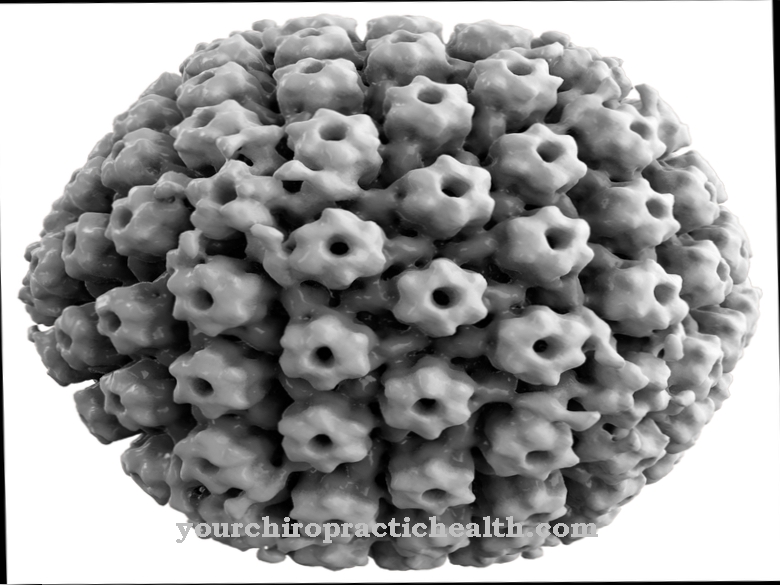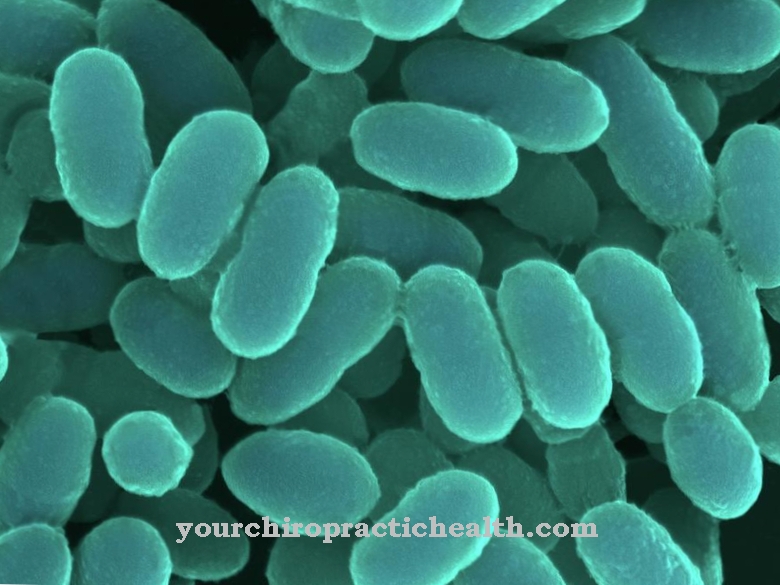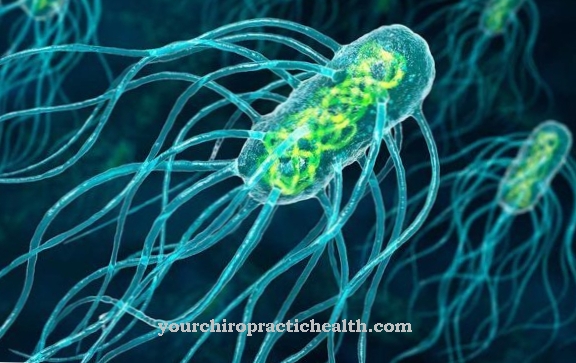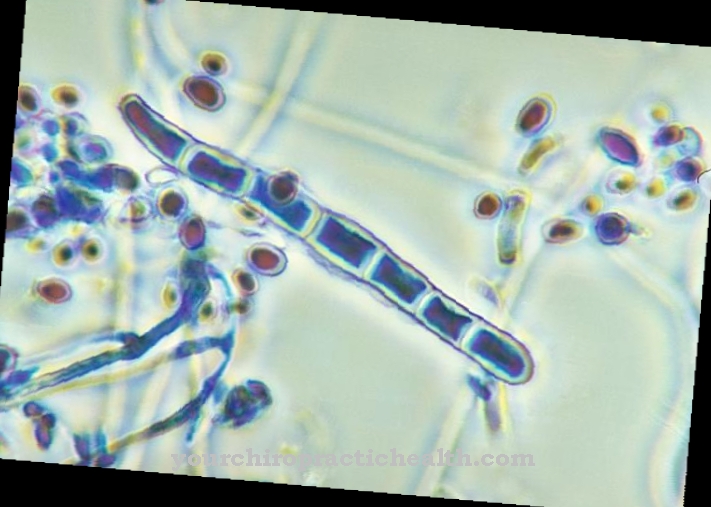Of the Trichophyton mentagrophytes belongs to the dermatophytes, i.e. fungi that mainly attack the skin, but also skin appendages such as nails and hair. There are also about 20 other types of trichophytes. The diseases that cause the dermatophytes are called dermatomycoses or tinea.
What is Trichophyton mentagrophytes?
Trichophyton mentagrophytes is a hyphae or filamentous fungus. These are so named because they form thread-like cells called hyphae. The so-called mycoses are the corresponding diseases.
The Trichophyton mentagrophytes is also one of the parasites. These attack and damage a host in order to gain energy from it. Tinea, which is the disease caused by Trichophyton mentagrophytes, has a multitude of forms, most of which affect the skin. The skin is usually reddened and secretes numerous scales that can be infectious.
Tinea can be anywhere and can spread from point. The fungus usually only remains on the most superficial layers of the skin, only rarely does it spread to deeper layers into the subcutaneous fatty tissue. Trichophyton mentagrophytes is transmitted through contact from different people, but it can also be transmitted through contact with animals or the earth.
Occurrence, Distribution & Properties
Trichophyton mentagrophytes occurs almost all over the world. He prefers especially moist and warm places, like the other dermatophytes. In humans, these are mainly found between the toes and in sweaty skin folds. In addition, the fungus can also spread in nails or hair. Above all, the presence of horny substance or other keratin-containing tissues, which are the main food source of Trichophyton mentagrophytes, is important.
In addition, Trichophyton mentagrophytes primarily colonizes rodents and camels and is increasingly found on the fur of these animals. Accordingly, the spread of Trichophyton mentagrophytes is primarily zoophilic, that is, from animals to humans. But transmission between people who are in close contact is also possible. This is known as anthropophilic transmission. The risk of infection is particularly high in communal showers, swimming pools and saunas.
In addition to transmission by animals and humans, contact with contaminated soil can also pose a hazard. People who often work in the garden are most often affected by an infection.
Structurally, the Trichophyton mentagrophytes belongs to the thread or hyphae fungi. So that they can grow, they get their energy from keratin, which they get from the skin, hair or nails. A specific enzyme, keratinase, helps them extract the keratin from these tissues and use it for their own purposes. In order to be able to penetrate further into the skin, the Trichophyton mentagrophytes also has elastases, proteinases and collagenases.
To diagnose the fungus, it is necessary to analyze its structure. This can be viewed under the microscope. Some affected areas of skin are removed and dissolved in a KOH solution, which can be applied to a slide. Conidia can be viewed microscopically. These are the asexual spores that occur as a byproduct of the Trichophyton. The Trichophyton mentagrophytes predominantly has microconidia. The macroconidia are rarely observed. The fungus can also develop spores that can exist for a long time and are extremely stable; these are also infectious for humans for a long time. If the fungus is cultivated, you can see rapid growth with a yellowish-whitish and downy surface.
An anamorphic form (asexual form) and a teleomorphic form (sexual form) are known for Trichophyton mentagrophytes. The teleomorphic form belongs to the so-called Arthoderma simii complex.
Illnesses & ailments
Dermatomycosis or tinea is the typical clinical picture of Trichophyton mentagrophytes. These are diseases with fungi, which mainly affect the skin, as well as its appendages, i.e. hair and nails. Tinea is usually characterized by reddening of the skin, which can be very flaky. This skin area can expand further outwards and affect neighboring skin areas. However, the mycosis can also have different appearances.
The Trichophyton mentagrophytes can trigger a nail fungus in the nail (tinea unguium). The nail turns brownish and has a high risk of breakage. However, the Trichophyton mentagrophytes most commonly affects the head area (tinea capitis) and the body (tinea corporis). The fungus usually occurs in the form of a favus, which means that the fungus spreads deep into the hair follicles and thus damages the hair. The hair becomes brittle and tends to break badly. Tinea barbae, which is a fungal attack in the area of the beard growth, is mainly triggered by the Trichophyton mentagrophytes. In some severe cases, a kerion can develop if the skin becomes inflamed and a lump forms.


.jpg)





















.jpg)



